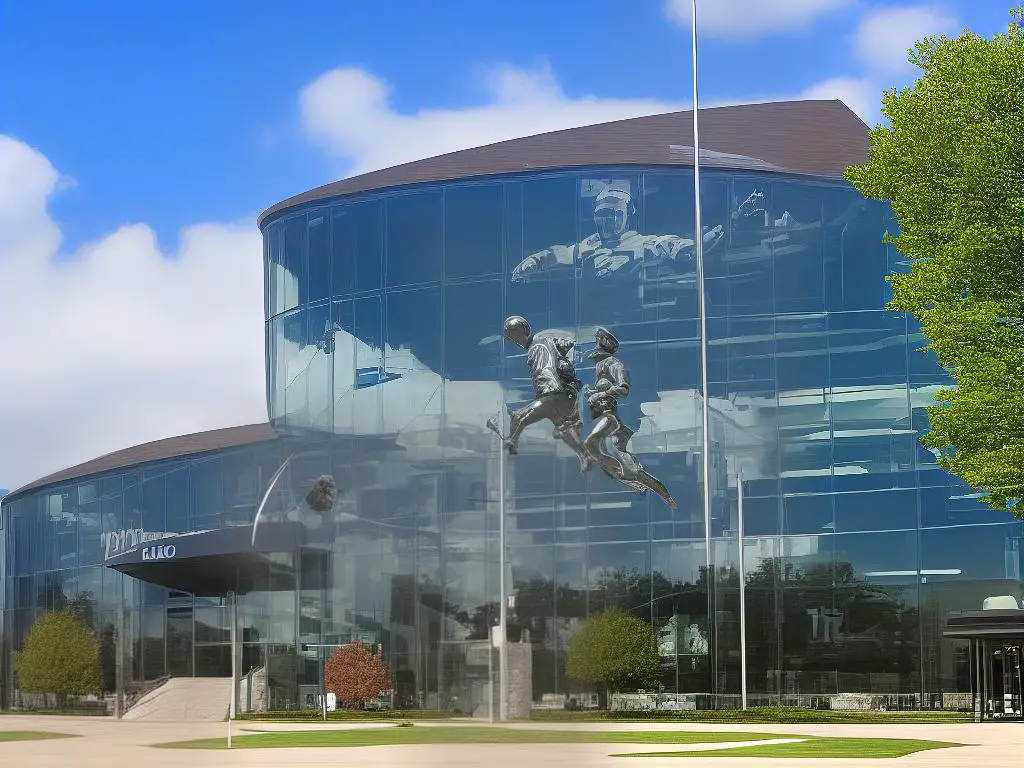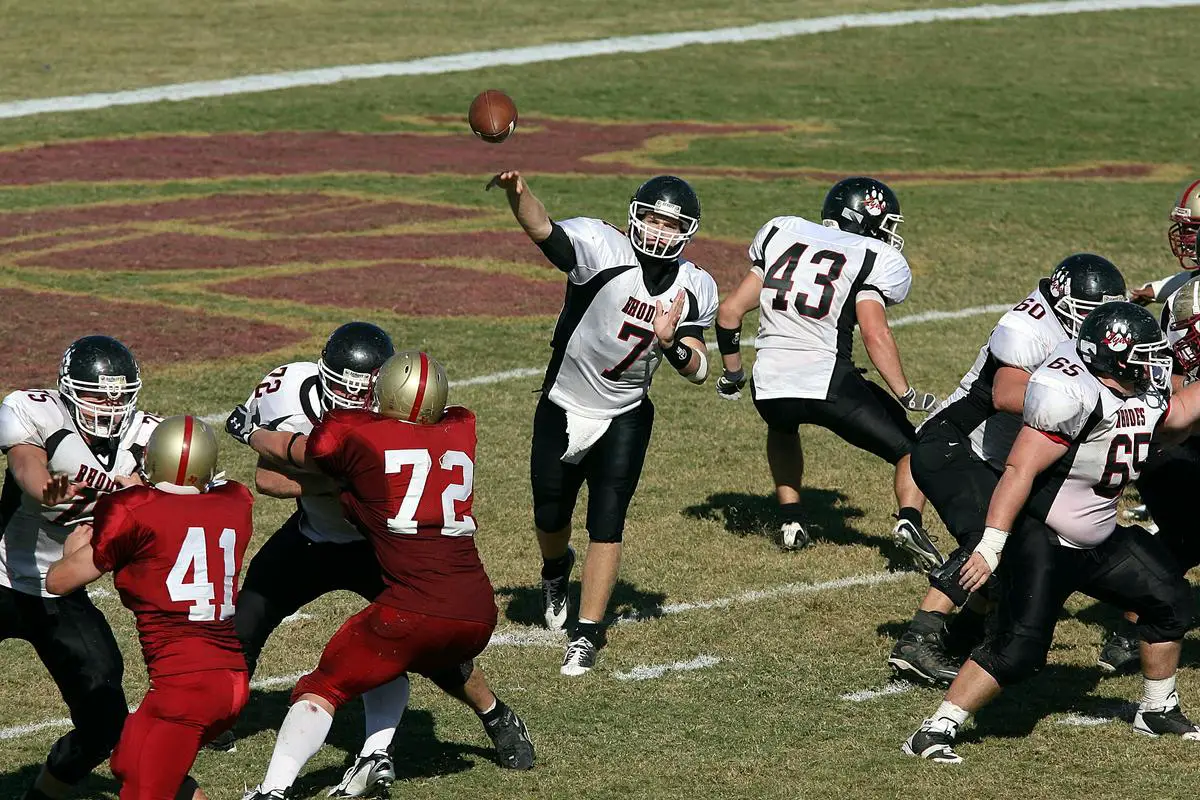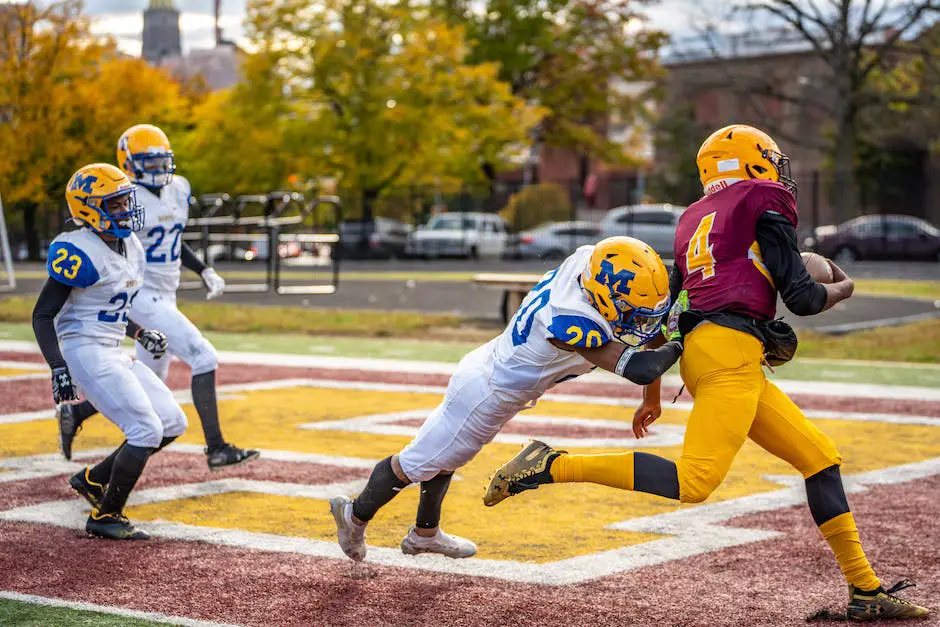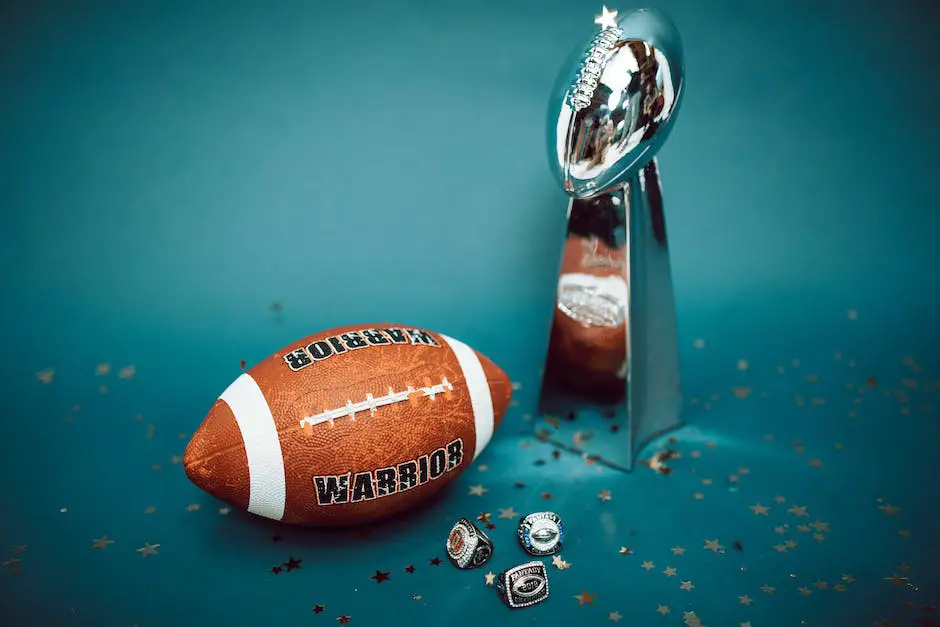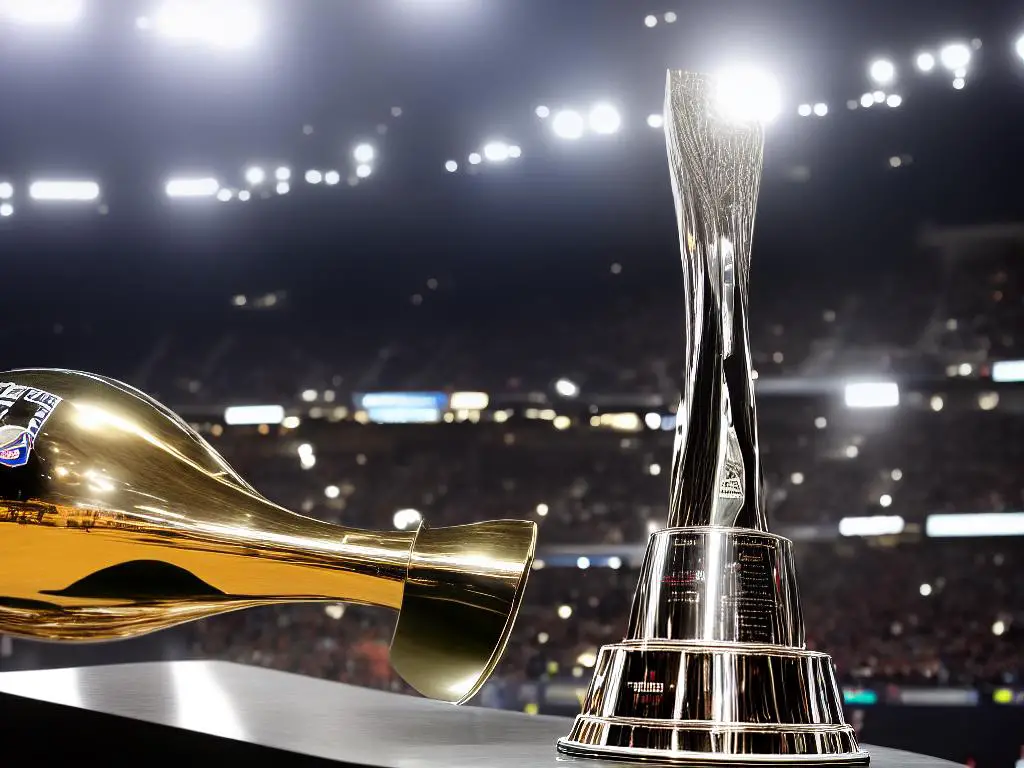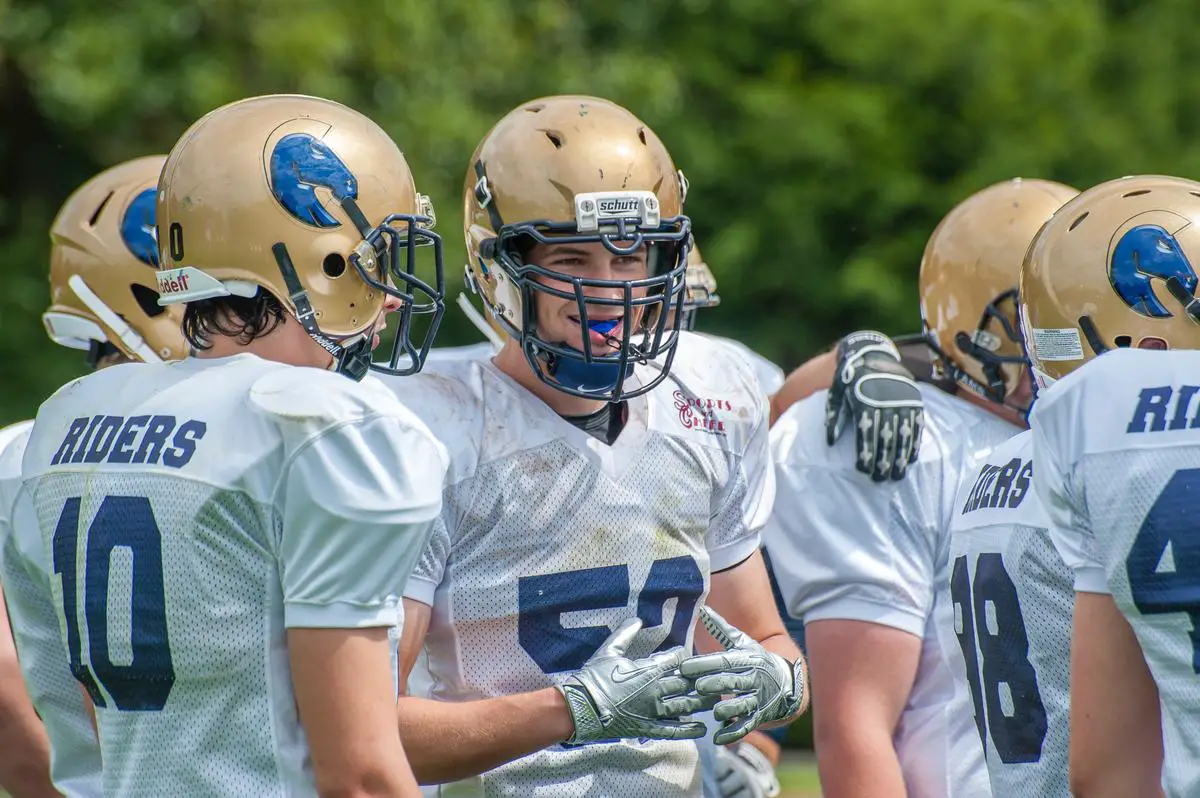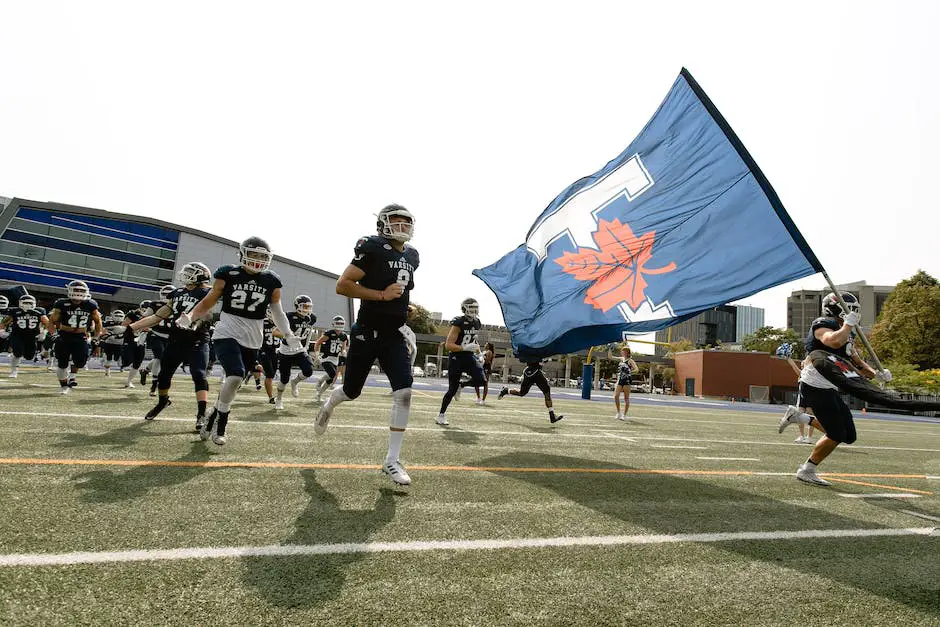Football Position Basics Explained
Football is a dynamic and exciting game that features a variety of positions, each with specific responsibilities and skills. In this article, we will provide an overview of the essential football positions, from the offense and defense to special teams. Understanding the basics of these positions will help you better appreciate the game and become a more informed fan!
Quarterback
Quarterback Position in Football
The quarterback is a key player in the offensive unit of a football team, serving as the primary decision-maker on the field. This critical position requires strong leadership skills, as well as a comprehensive understanding of the game, including the ability to read and react to defenses, and extensive knowledge of the team’s playbook. A quarterback must possess exceptional mental and physical attributes, including quick decision-making, great accuracy, powerful arm strength, and mobility in the pocket to elude defenders.
Quarterback Responsibilities
During each offensive play, the quarterback takes the snap from the center and proceeds to execute the chosen play. This may involve handing the ball off to the running back, passing the ball to one of the team’s wide receivers or tight ends, or in some cases, running with the ball themselves. Quarterbacks must possess excellent field vision, utilize effective play fakes, and develop a strong rapport with their teammates to succeed at a high level. Consistent communication with the coaching staff and the ability to make necessary adjustments prior to or during the course of a game are also crucial responsibilities of a quarterback.
Audibles and Game Management
A quarterback’s role is crucial in a football team’s offense, as they are responsible for reading the defensive schemes and finding weaknesses that can be exploited. To do so, quarterbacks may call an audible at the line of scrimmage, changing the original play to counter the defensive alignment. Exceptional quarterbacks display great situational awareness and can efficiently manage the game clock, even under pressure. Ultimately, the success of a football team’s offense often depends on the quality and performance of its quarterback.
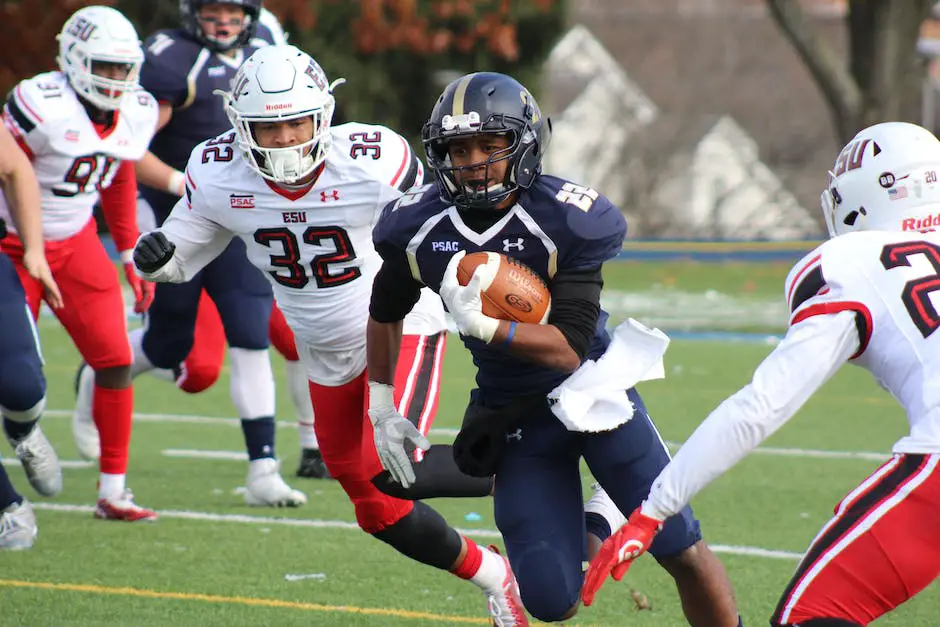
Running Backs
Running backs are another essential component of a football team’s offensive strategy. They possess a powerful combination of speed, power, and agility, enabling them to excel in running with the football and receiving short passes from the quarterback. Running backs are typically positioned in the backfield, either alongside or behind the quarterback. Their primary responsibility is to carry the ball on running plays, making quick moves to avoid being tackled by the opposing defense, and contributing to the overall success of the team’s offensive game plan.
In addition to carrying the ball on running plays, running backs also serve as valuable pass catching options for the quarterback. They can run routes out of the backfield, giving the quarterback a short pass target if the defensive pressure is too great or if longer passing options are not available. This dual-threat capability makes running backs crucial playmakers in the offense, as they keep the defense guessing whether they will run with the ball or act as a receiver.
Running backs play a vital role in both the rushing and passing game, as they are often asked to block for the quarterback on passing plays. They must identify and engage incoming defenders, either by using their body to physically stop them or by distracting them with a fake route, giving the quarterback time to find an open receiver downfield. The combination of rushing, receiving, and blocking responsibilities make the running back position a critical component of a successful football offense.
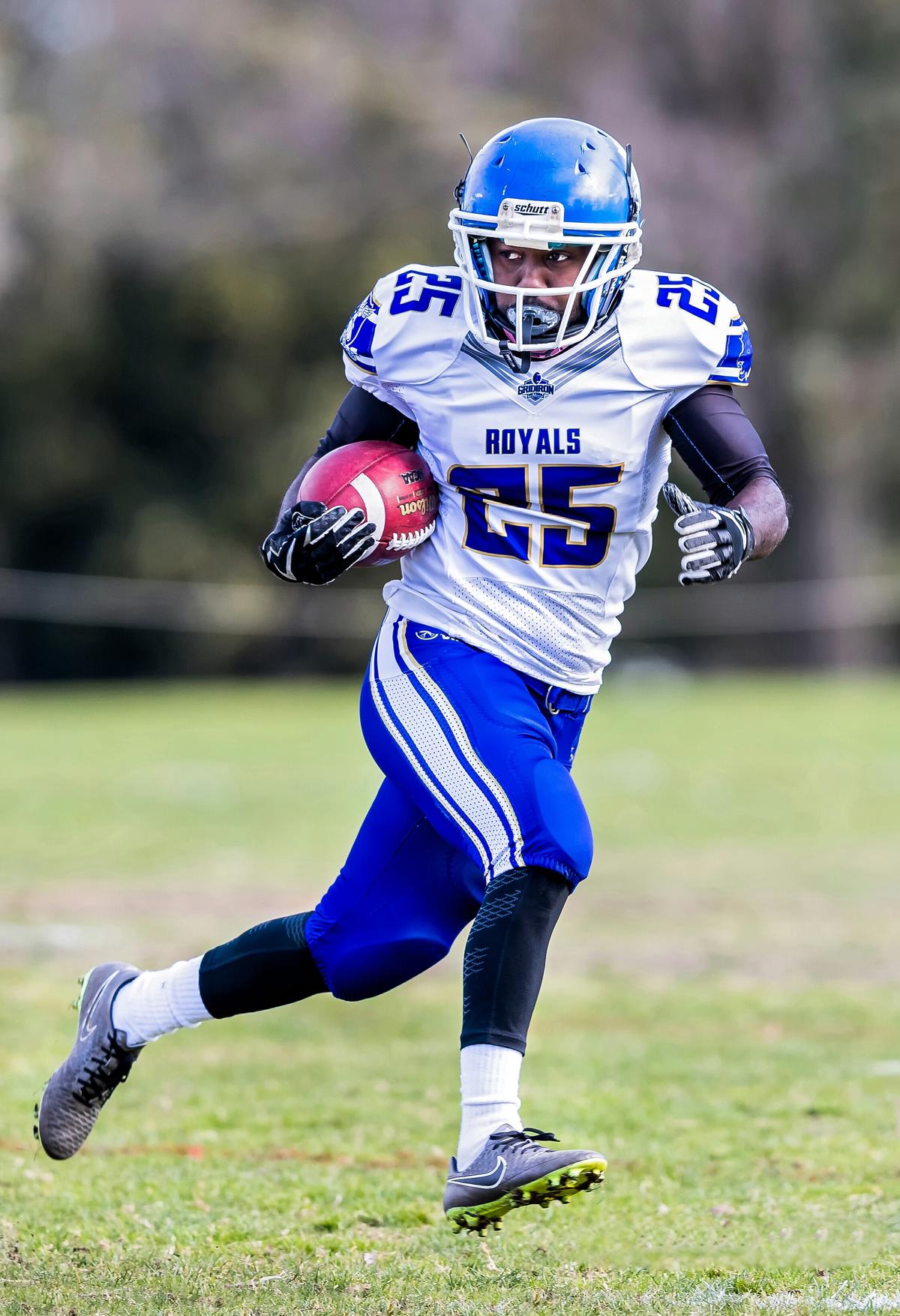
Photo by johntorcasio on Unsplash
Wide Receivers
Wide Receivers in Football
Complementing the running backs, wide receivers, often abbreviated as WR, are crucial to an offense’s passing game in football. Typically stationed on the outer edges of the offensive formation and spread out to either side of the field, they help create space for potential plays. There are generally two types of wide receivers: the split end, positioned on the line of scrimmage, and the flanker, positioned slightly behind it. Though their tasks are largely similar, their varied positioning plays a key role in the success of the passing game.
Skills Needed for Success
To excel in this position, wide receivers must possess a combination of speed, agility, and good hands. They need the ability to rapidly accelerate and change direction to evade defenders and maintain separation while running their assigned routes. Their success hinges not only on their physical prowess but also on an understanding of the overall strategy employed by the offense, including recognizing defensive coverages and adjusting their routes accordingly. Wide receivers work in tandem with the quarterback, reading their signals and anticipating the timing and trajectory of the ball.
Contributions to Running Game and Trick Plays
Wide receivers are known for their crucial role in the passing game, but they also contribute to the running game as perimeter blockers. They are tasked with preventing defenders from reaching the ball carrier, allowing for more open space and advancing yardage. Additionally, wide receivers may be involved in trick plays or reversals, designed to keep the defense guessing and off-balance. The wide receiver position demands speed, quick thinking, and solid teamwork to ensure the success of offensive strategies.
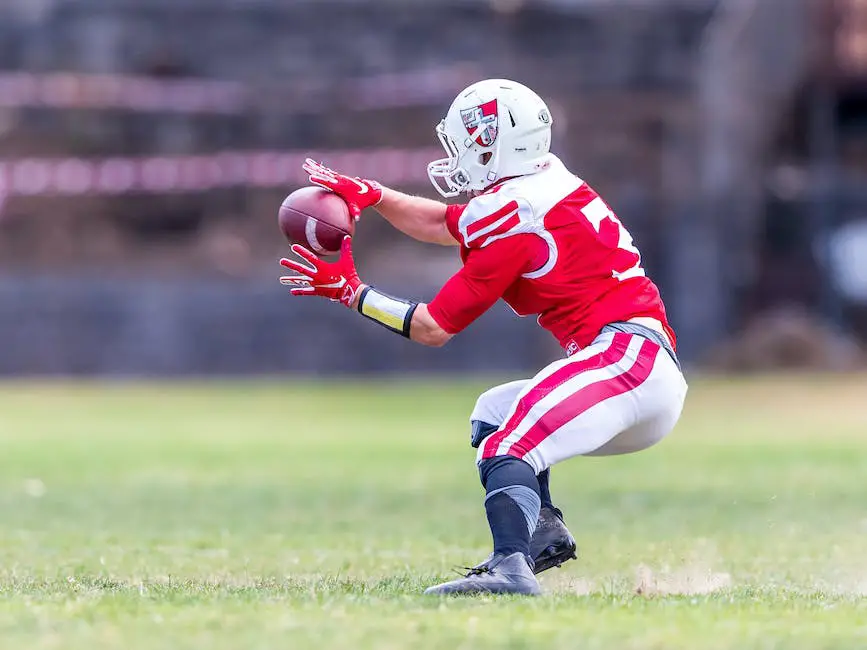
Offensive Line
Connecting with the Offensive Line in Football
Building upon the foundation established by skilled wide receivers, the offensive line is another essential component of a football team’s offense. The line is typically composed of five players: two tackles, two guards, and a center. These players maintain a straight line, forming a protective barrier that enables quarterbacks and running backs to execute their plays. Each offensive lineman has a specific role and positioning based on the offensive play being called, whether it is a running or passing play. Together with the wide receivers, the offensive line orchestrates effective strategies to advance the ball and outsmart the defense.
Responsibilities of the Offensive Line
In both running and passing plays, the primary responsibility of the offensive line is to block defenders from tackling the ball carrier. In running plays, the offensive linemen aim to create open lanes for the running back to advance down the field. This is achieved by engaging with the defensive linemen and linebackers, allowing the running back to slip through gaps and gain yardage. In passing plays, the offense linemen’s role shifts to protecting the quarterback from the oncoming “pass rush” of the defensive players. This allows the quarterback sufficient time to locate an open receiver and throw an accurate pass.
Techniques and Skills
Offensive linemen display various skills and techniques in their blocking assignments to ensure success in their respective tasks. The techniques involve footwork, hand placement, and body positioning, which aid the linemen in gaining leverage against their defensive counterparts. These skills are crucial for maintaining the integrity of the offensive line, ensuring the team’s ability to effectively execute its game plan and score points.
Physical Attributes of Offensive Linemen
Offensive linemen in football are typically larger and stronger than other players on the field, as their success in blocking relies on raw power and physical exertion. They use a combination of strength, technique, and teamwork to protect the quarterback and create running lanes for running backs. The success of an offensive line is indeed critical to the overall performance of any football team.

Photo by publicpowerorg on Unsplash
Tight Ends
The Role of Tight Ends in Football
Another key position on the offensive side of football is the tight end. They serve dual roles as both blockers and pass catchers, making them integral to a team’s strategy. Their primary function is to assist offensive linemen in protecting the quarterback by blocking, but they are also expected to be valuable targets in the passing game. The tight end position uniquely combines blocking and receiving skills, making it one of the most challenging positions to master on the field.
Physical attributes of tight ends include a mixture of size, strength, and speed, as they need to match up against both larger defensive linemen and more agile linebackers and defensive backs.
Role in the Passing Game
In the passing game, tight ends run various routes to get open and present a reliable option for the quarterback to complete a pass. This versatility makes them especially valuable in passing situations and can create matchup problems for opposing defenses. A tight end’s ability to catch passes and gain yardage after the catch can quickly change the momentum of a game.
Importance in the Running Game
Conversely, a tight end’s ability to block effectively is critical in the running game, as they often serve as the lead blocker for the tailback, helping to create running lanes and seal off defenders.
Dual-Threat Ability
Some tight ends are known for their exceptional receiving skills, while others are lauded for their prowess as blockers, but the most successful players at this position are those who can excel in both aspects of the game. This dual-threat ability makes them pivotal to their team’s success and an invaluable offensive weapon.
Conclusion
While the tight end position may not always garner the same level of recognition as other skill positions such as the quarterback and wide receiver, their contributions to a football team’s success are crucial. They play a vital role in both the passing and running games, making them indispensable members of the team.
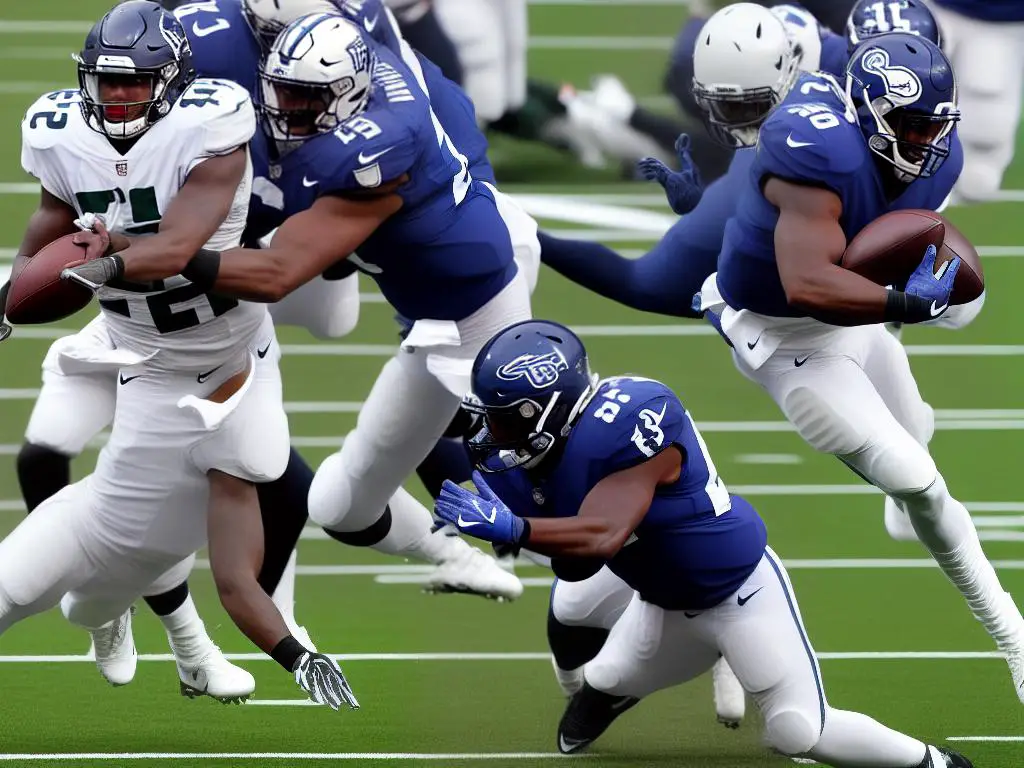
Defensive Line
Defensive Line in Football
Similarly, the defensive line is a critical component of a team’s overall defense in football. Their main responsibility is to thwart the opposing team’s offensive plays, by focusing on stopping the run game and putting pressure on the quarterback.
Positioned directly across from the offensive line, the defensive line consists of defensive tackles and ends who collaborate to break through the offensive line, impede running backs, and collapse the pocket around the quarterback, further highlighting the importance of each position on the field.
Defensive Tackles
Defensive tackles typically occupy the interior positions along the line of scrimmage and are larger and stronger players. Their primary role is to stop the run by plugging up running lanes and overpowering offensive linemen, effectively closing off any gaps for the running back to exploit.
Defensive tackles also play a crucial role in collapsing the pocket and forcing the opposing quarterback to make rushed decisions that can result in interceptions and other defensive takeaways.
Defensive Ends
Defensive ends are vital components of a football team’s defense, typically lining up outside the offensive tackles. These agile and athletic players aim to disrupt plays by tackling running backs or pressuring quarterbacks into making poor throws.
To excel in their roles, defensive ends employ various techniques such as quickness, finesse, and power moves. A highly skilled defensive end can drastically impact a game, forcing the opposing offense to allocate extra resources to neutralize them or face the detrimental consequences.
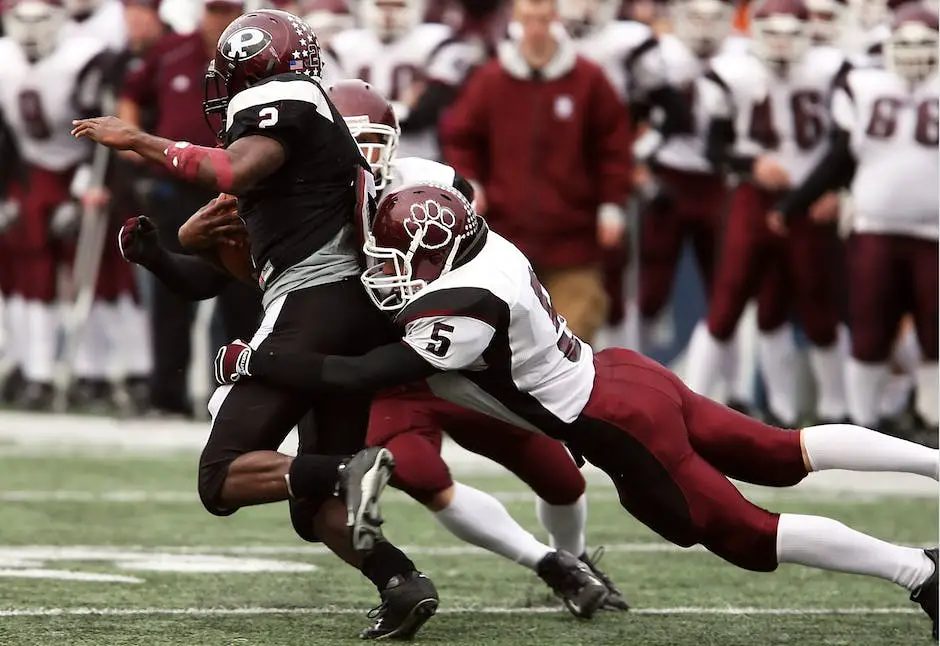
Linebackers
Linebackers: Key Players on the Football Field
Another crucial part of a football team’s defense is the linebacker. These players possess a unique blend of size, speed, and strength, and their primary responsibilities include stopping the run and defending against passes, particularly short and intermediate routes. It’s essential for linebackers to have enough power to tackle and shed offensive linemen while maintaining agility to maneuver around blockers and bring down ball carriers in the open field.
Linebackers must be proficient at tackling and wrapping up ball carriers, demonstrating excellent anticipation and awareness to quickly read and react to plays. This skill set complements the work of defensive ends, creating a formidable defensive unit on the football field.
The Two Types of Linebackers
Typically, there are two types of linebackers: inside linebackers (ILBs) and outside linebackers (OLBs). Inside linebackers line up between the defensive tackles and are expected to be the defensive leaders on the field. They often call the plays and are responsible for making sure the other defenders are positioned correctly. ILBs need to be highly intelligent and adaptable, as they play against both the run and pass in a variety of schemes. Outside linebackers, on the other hand, line up closer to the edges of the defensive line. Their primary duties include rushing the passer, containing runs to the outside, and dropping into pass coverage. Depending on the specific defensive scheme, OLBs can be primarily pass rushers (often called “edge” defenders) or more balanced players who play both run and pass coverage.
Adapting to the Pass-Heavy NFL
In today’s pass-heavy NFL, defensive players such as linebackers and defensive backs have had to adapt to the increased emphasis on the passing game. While traditional roles, such as run defense for linebackers, remain important, the ability to effectively cover pass routes and defend against quick, agile offensive players has become increasingly critical. As a result, current defensive players, including linebackers, often possess superior athleticism and versatility in comparison to their counterparts of the past. These players must constantly hone their skills and study opposing teams’ strategies to master the complexities of their position, making them key contributors to a team’s overall defensive success.
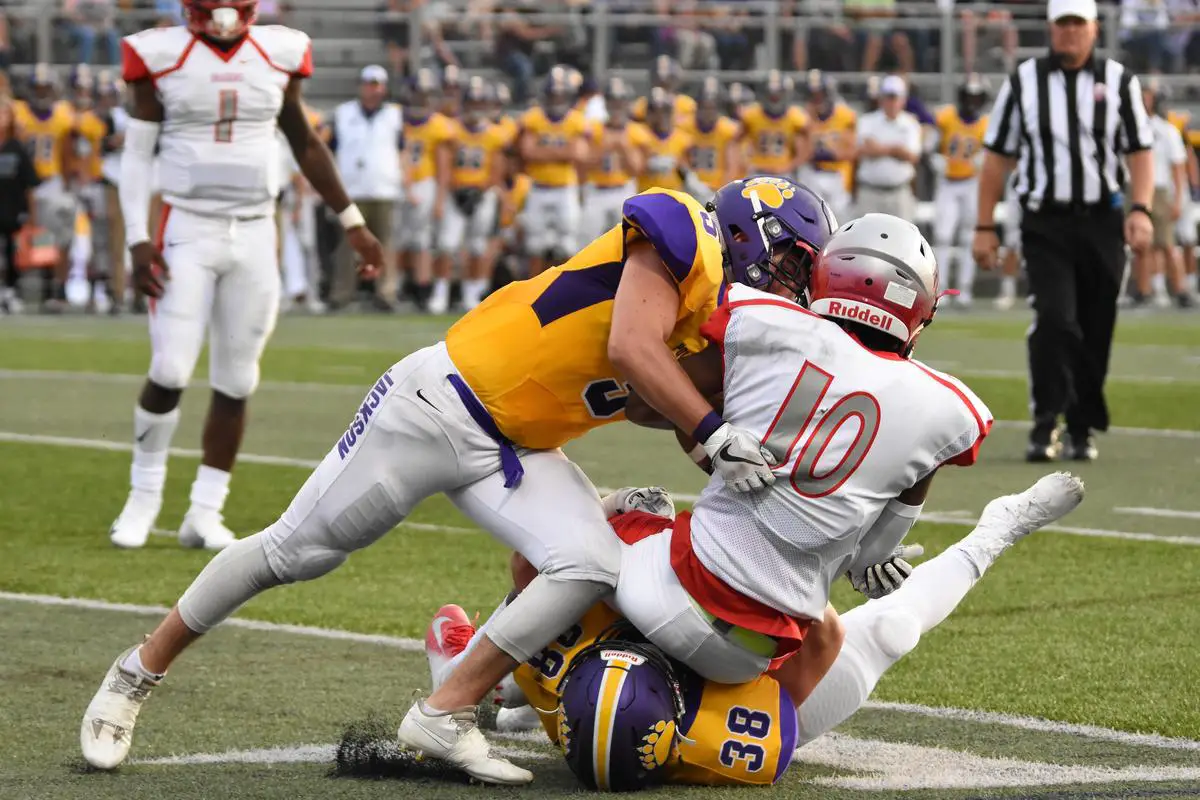
Photo by chris_chow on Unsplash
Defensive Backs
Defensive Backs in Football
Defensive backs, comprising cornerbacks and safeties, play a crucial role in the defensive strategy of a football team as they work in tandem with the linebackers to defend against the pass. They are tasked with covering wide receivers, tight ends, and at times, even running backs. A significant part of their job is to intercept passes and prevent offensive players from making significant yard gains. These players need to possess exceptional speed and agility, along with solid tackling skills, to take on some of the fastest and most athletic players on the football field. Overall, defensive backs contribute significantly to the adaptability of a team’s defense in response to the evolving pass-heavy nature of the NFL.
Role of a cornerback
Cornerbacks are primarily responsible for covering wide receivers, which involves matching up with offensive players and following them in attempts to either intercept the ball or break up the pass attempt. They usually play on the edges of the field, close to the line of scrimmage.
Role of a Safety
On the other hand, safeties, including free safeties and strong safeties, play further back in the secondary. They help provide double coverage on wide receivers, support against running plays, and watch for any deep passing plays. Safeties need to exhibit rapid decision-making, excellent field awareness, and stellar communication skills with their teammates.
Defensive Backs Strategies
In American football, defensive backs are key components of a team’s defense, requiring a deep understanding of offensive plays and strategies. By carefully studying the habits of opposing quarterbacks and wide receivers, defensive backs can hone their techniques, such as jamming receivers at the line of scrimmage or anticipating the quarterback’s moves to make plays that change the momentum of the game. Combining this knowledge with their physical athletic abilities makes them an invaluable part of any defense.
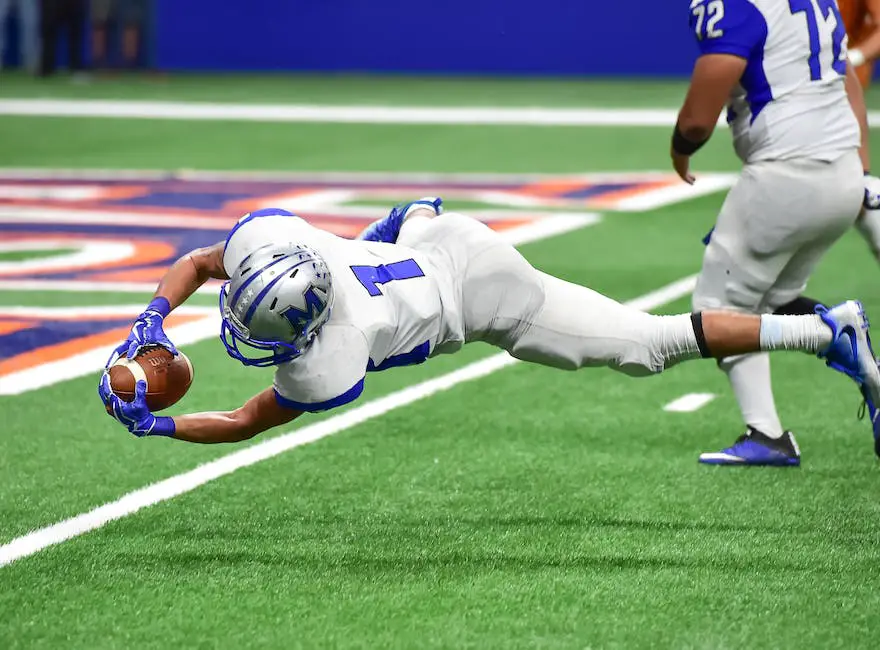
Special Teams
Special Teams Contributions
Beyond the defensive unit, special teams play a critical role in American football as they handle all kicking plays and offer game-changing surprises. These units consist of specialized players with unique skills that contribute to various aspects of the game. As such, both defensive backs and special teams players work together to create a comprehensive strategy that strengthens their team’s overall performance on the field.
The Players
Punters and placekickers are perhaps the most well-known figures among special teams squads, as they are responsible for punting the ball to change field position, as well as kicking field goals and extra points after touchdowns. Long snappers play an equally important role, as they snap the ball to the holder during field goals or extra points, and to the punter during punting situations.
In addition to the kickers and snappers, special teams units feature key positions such as returners, blockers, and coverage players. Returners are usually highly skilled in agility and speed, and are responsible for catching punts and kickoffs, attempting to return the ball as far downfield as possible. Blockers play a vital role in opening lanes for the returners to exploit, while also providing protection for the kickers during field goal attempts. Coverage players similarly work in tandem with the kicking team, rushing down the field to tackle the returner and minimize their gains.
The Importance of Special Teams
Special teams units can often dictate the outcome of a game through their ability to create favorable field positions and generate explosive plays that catch the opposition off guard. Onside kicks, fake punts, and fake field goals are just a few examples of the trick plays special teams can employ to surprise the opposing team and maintain possession of the ball. Special teams players must possess a strong combination of athleticism, intelligence, and discipline to execute these complex plays effectively and change the course of the game.

Armed with this knowledge of football positions and their respective responsibilities, you can now enjoy watching the game with a deeper understanding of its intricacies. Whether you are a casual viewer or a dedicated fan, having a solid grasp of the various position roles will enhance your appreciation of the sport. So, sit back and enjoy the next game, knowing that you are well-informed on the fundamentals of football positions.


